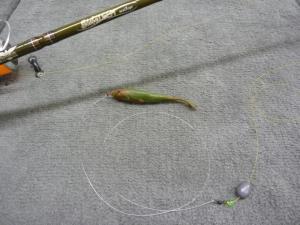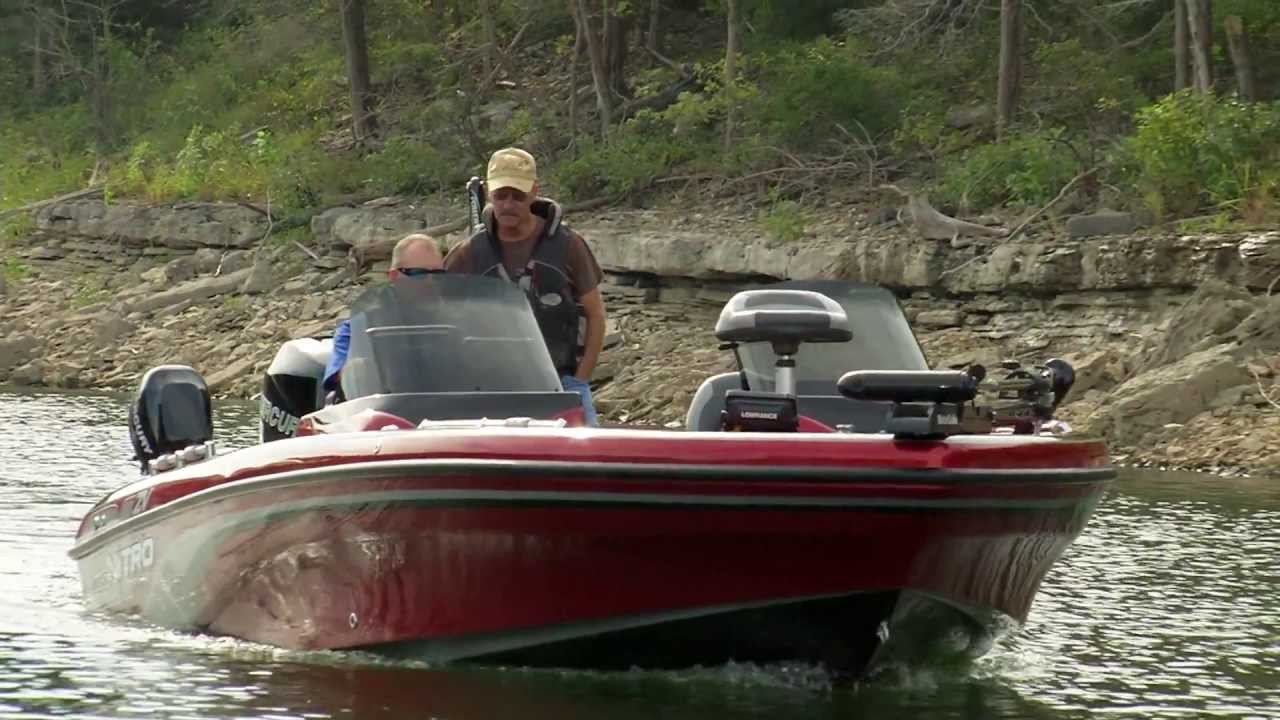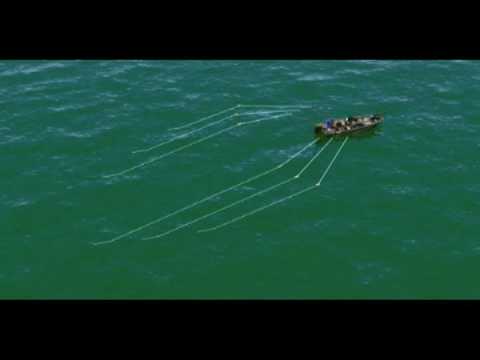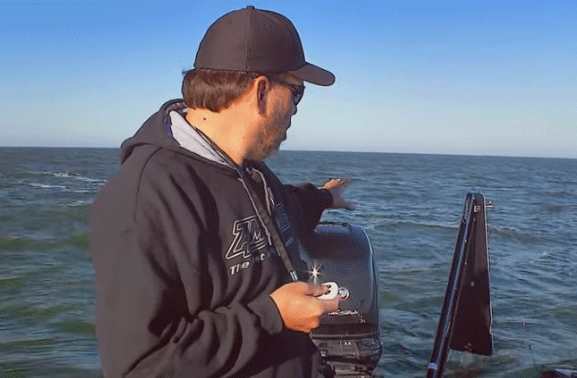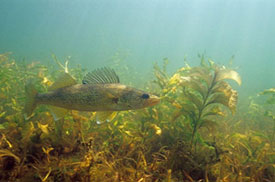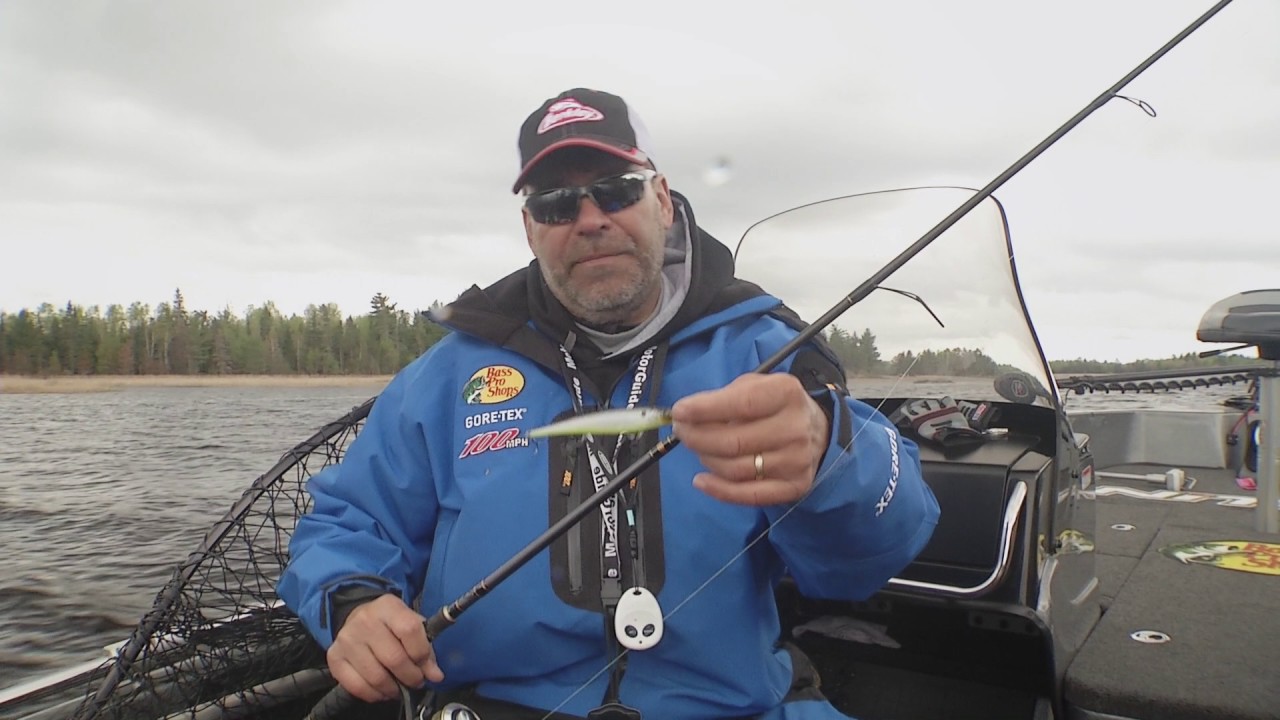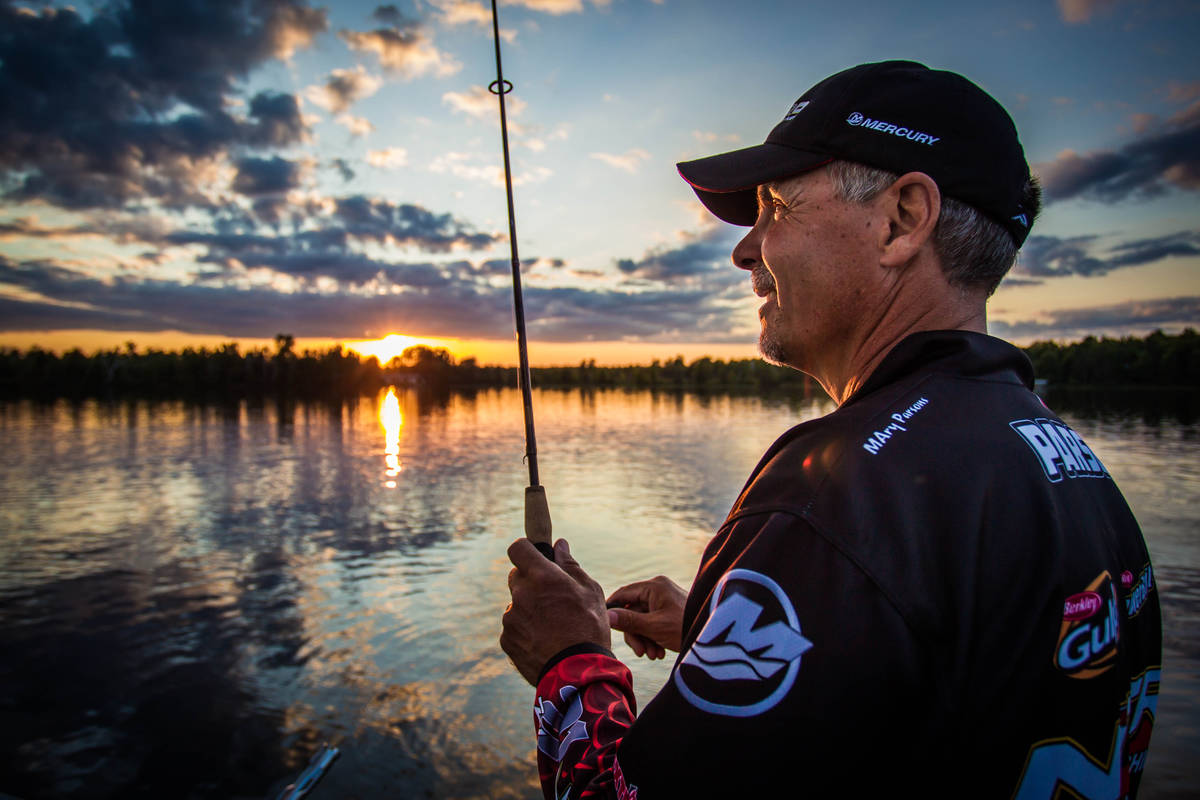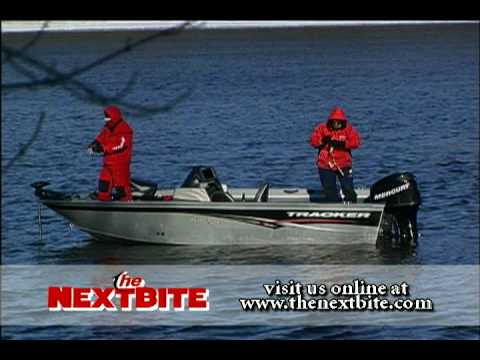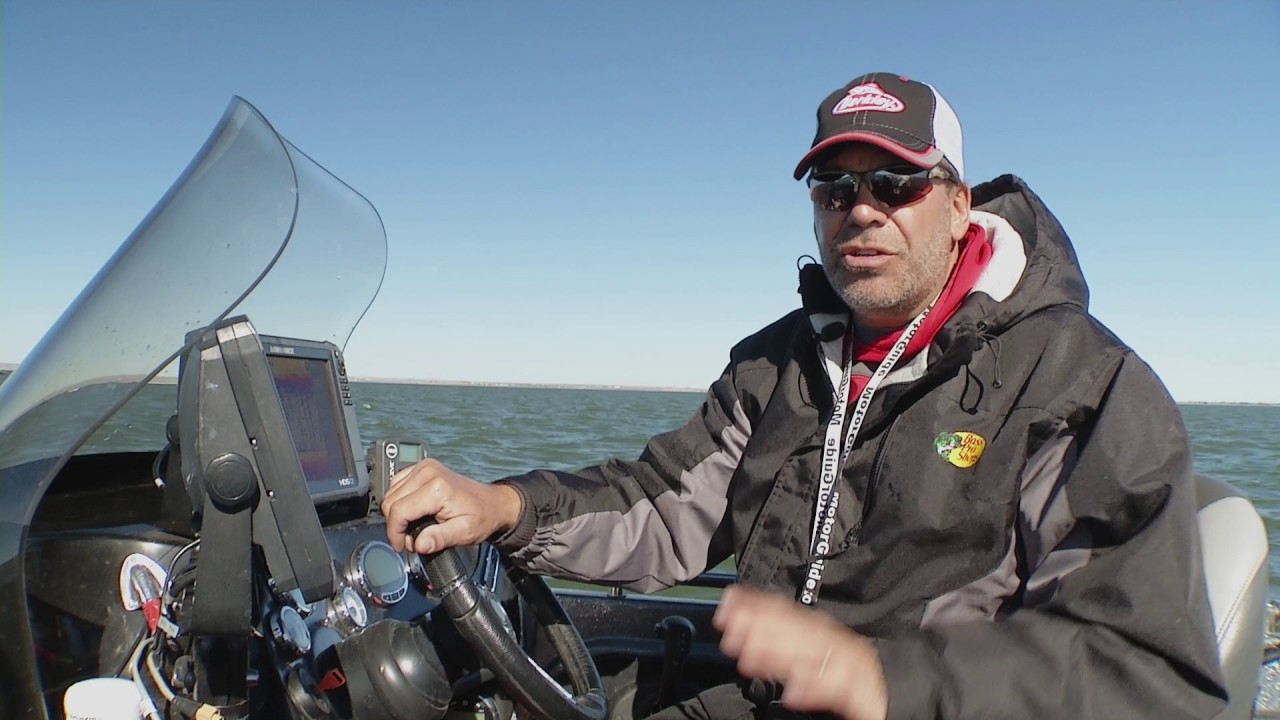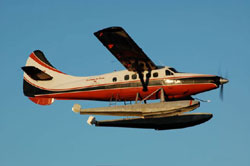
Countless anglers enjoy wilderness fly-in fishing adventures. It’s hard to duplicate the quality of fishing, those delicious shore lunches and of course the pristine scenery these trips provide. Walleye and northern pike are the primary species anglers are interested in catching.
Traditionally, both these fish are targeted with jigs that require the use of live bait. Increasingly the use of soft plastic lures is replacing the need for live bait in jig fishing applications.
For those who fish Canada frequently, the issue of using live bait is a hot topic. Currently it’s not legal to transport live minnows or leeches from the United States into Canada. Nightcrawlers can be transported into Canada, but only in paper or peat moss bedding.
Also, buying live bait in Canada is always expensive if you can find a good supply. The whole issue of using live bait brings forth a number of potential headaches to consider.
First off, keeping live bait alive and frisky is always a challenge. Secondly, transporting enough live bait to last for a full week long fishing holiday is a major hurdle. Thirdly, while live bait works well, it’s not the easiest stuff to keep on the hook.
Compared to the cost effectiveness and convenience of using soft plastics, the whole live bait issue is something many anglers are reevaluating closely. After all, the newest generation of commercial soft plastics are so good, they rival if not exceed the fish catching powers of live bait.
Now that’s a bold statement, but one a growing number of anglers are willing to support. If you haven’t jumped aboard the soft plastic train, it’s time you gave these baits an honest chance to win your loyalty.
 Total Solutions Technique
Total Solutions Technique
The walleye and pike fishing applications where soft plastics can prove useful are almost endless. On a typical fly-in fishing trip, I depend completely on soft plastics for my jig fishing applications. Experience has shown me that used properly a jig tipped with select soft plastic lures will produce as many walleye and pike bites as live bait.
In part this is true because across Canada anglers are often faced with fishing lakes that have huge populations of walleye and pike. Competition for food is intense in these lakes and fish tend to feed aggressively much of the time.
Secondly, soft plastics do a magnificent job of imitating common forage species. No matter what type of minnow, crayfish or other common forage the fish may be keying on, there is a soft plastic lure option that matches the hatch perfectly.
Thirdly, a lot of the jig fishing situations involve casting to specific targets like weed edges, rocky points, tree tops that have toppled into the water and submerged brush adjacent to beaver lodges. Because the jig is .swimming much of the time, strikes tend to be reactionary in nature. Not unlike the way a walleye or pike would hammer a crankbait, swimming a jig produces a vicious strike. In part this occurs because the fish actually has little opportunity to closely scrutinize what it’s eating until it’s too late.
For walleye jig casting an assortment of curl tail grubs, split tail minnows and shad bodies just about insures fishing success. The three and four inch sizes of these baits are the perfect size for tempting walleye.
A six to seven foot medium action spinning outfit equipped with six to eight pound test monofilament is perfect for pitching jigs dressed with soft plastics.
Anglers after pike can have great success by simply changing up their soft plastic choices a little. Bigger plastic baits are easier for pike to see and they also help reduce bites from smaller unwanted pike. Grubs and jerk shads in the five to seven inch range are ideal for casting to pike. Another good choice are pre-rigged swim baits.
Casting these soft plastics for pike can be accomplished with heavy action saltwater style spinning rods/reels or with medium/heavy action freshwater baitcasting gear. The ideal line size for pitching jigs and soft plastics to pike is 17 pound test.
 Total Solutions Equipment
Total Solutions Equipment
Berkley makes so many soft plastics ideal for walleye and pike fishing, choosing just a few can be challenging. Both Powerbait and Gulp are highly effective, easy to use and they stay on the hook far better than live bait. My favorites include the Berkley Powerbait 3 inch Grub, Gulp 4 inch Minnow and the Powerbait 4 inch Power Minnow.
When pike are the species I’m targeting, a little larger sized baits perform flawlessly. My favorites are saltwater choices that perform well on northern pike and muskie. The PowerBait 3 1/2 inch Pro Shad, 6 inch Grub and 7 inch Jerk Shad are all excellent choices. Pre-rigged baits like the Gulp! Swim Mullet are another excellent soft bait for pike casting.
Casting lines suitable for walleye include Berkley Trilene XL in six or eight pound test and Sensation eight pound test. Great lines for casting to pike include Trilene XT in 17 pound test.
The latest generation of soft plastics rival the effectiveness of live bait. In the performance department, soft plastics keep fishing and producing bites long after live bait is dead or falls off the hook. For my money, there is no better option than stocking up on a few packages of soft plastic and heading north to new and exciting wilderness fishing experiences.
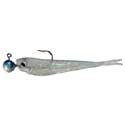 Berkley® 4″ Power® Minnow |
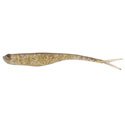 Berkley® 7″ Gulp!® Saltwater Jerk Shad |
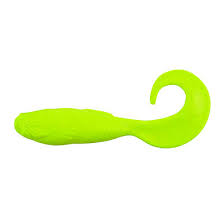 Gulp® Swim Mullet |
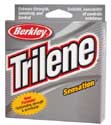 Berkley® Trilene® Sensation® |

